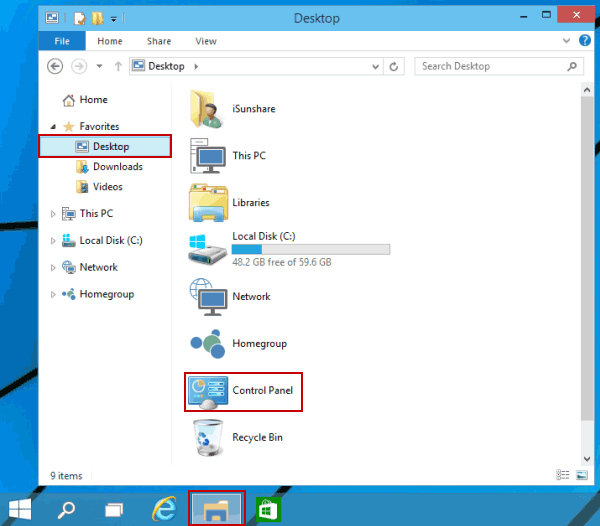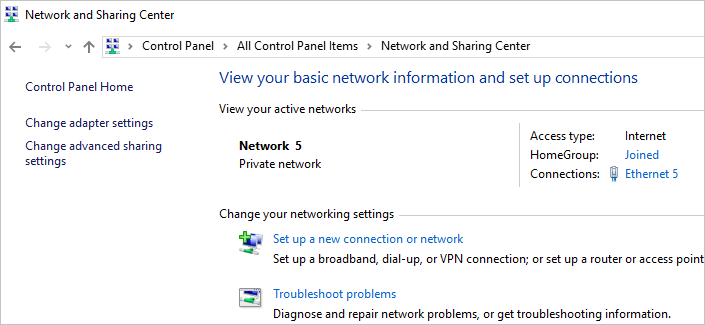



Click “View All” in the sidebar to view a full list of troubleshooters. Here’s a list of the troubleshooters you might find, although not all versions of Windows include the same troubleshooters: These aren’t the only available troubleshooters. You’ll see a list of the most common troubleshooters you might need. On Windows 7, click “Find and Fix Problems” instead. Navigate to Control Panel > System and Security > Troubleshoot Common Computer Problems. You’ll also need to use the Control Panel if you’re using Windows 10’s Anniversary Update or an earlier version of Windows 10. You’ll find these tools in the Control Panel on Windows 7 and 8. To find them, open the Control Panel, type “Troubleshoot” into its search box, and click the “Troubleshooting” icon.Ĭlick “View all” at the left side of the Troubleshooting pane and you’ll see a full list of available troubleshooters. These are still available if you need them-they’re just buried in the Control Panel.

For example, it omits the Background Intelligent Transfer service, Windows Media Player DVD, Windows Media Player Library, and Windows Media Player Settings troubleshooters. The Settings interface doesn’t list every available troubleshooter. Many troubleshooters will run automatically and fix problems they find, while some troubleshooters will suggest various fixes you can choose whether to apply. Select the troubleshooter you want to run and click “Run Troubleshooter”.


 0 kommentar(er)
0 kommentar(er)
